|
Hundreds, even thousands, of pieces of railroad history are lucky enough to be saved and cared for, many restored cosmetically, operationally, or even just sitting quiet in a collection. Unfortunately, not everything has that luxury, and many pieces of history have been lost or have nearly been lost, and others sure feel lost. One such example is a little place called Loweth, Montana. Loweth is a place that makes you feel lost when you get there, even when you aren't. It's so far removed from civilization that you'd be hard pressed to find it without having a map that takes you straight there. It rests beside Montana Route 294, a small two lane highway that runs really about nowhere, and it's one of the only things you'll find along the route at all in terms of manmade structures. If you take the road, you'll come across a handful of abandoned, stripped railroad signals, as well as unwired power poles, all following a thin, level strip of grass that rises and cuts through the terrain and winds throughout the hillsides. It all comes from the former Milwaukee Road that once ran through Montana. In 1914, the railroad, having just finished completing its transcontinental expansion, decided to begin electrifying a portion of this new pacific extension in order to allow their trains to actually run. Extreme cold meant firing steam engines was very difficult to do, not to mention the fact there was no fuel for them out there which meant all of it had to be shipped in from the east. The Milwaukee sunk another $20 million into the Pacific Extension to electrify it - and the result was some incredibly historical and valuable railroading. The electrification was based on DC power, where 3000 Volts DC (later upgraded to 3400 to handle the immense power of a Little Joe) was sent through wires that ran directly overhead of the tracks - called catenary or trolley wire - and was given to the locomotive via a pantograph. Of course, if you know your history and a little bit about the War of the Currents, you'll know that DC has a difficult time traveling any length of notable distance - much less 656 miles, the final number of electrified route miles. The Milwaukee Road, General Electric, and ALCo were very set in using DC power for this expansion as it was an excellent choice for railroading at the time - so the solution was substations. Roughly every 30 miles, a substation was built along the tracks. High voltage AC power was run near the tracks and was split off into each substation, where a series of motor generators and transformers would take the AC power and turn it into 3000 Volts DC power, which was then funneled into the catenary from there. Thus, there was always enough power a train anywhere on the route. The substations were placed to maximize efficiency in terms of miles - no massive overlaps or wastes of space - and in strategic locations, such as right before steep grades. The Janney substation right out of Butte was situated before a very steep grade that took trains back east, and as it happens, Loweth is the same, merely westbound instead. It's placed on top of a steep hill for the Milwaukee, where before 1956, the ruling grade was over 2% and required trains to double the hill. The tracks were rerouted behind the substation - which was unusual, as previously all substations were built to have their northern wall face the tracks - in 1956 which reduced the grade to 1.4%. Loweth was not a unique substation otherwise, though. It was just one of 22, following the standard design for the large brick buildings, which was all ninety degree angles and clean lines. An industrial look, but a startlingly good one as well. It had a set of three company houses with at least one storage shed that sat beside it. Substations needed to be operated 24/7 and thus, Milwaukee built houses for the operators (and their families presumably) so that they could live at the substation and keep it operational day in, day out, until they began to remotely control the buildings. Every substation was numbered. Loweth was Substation #2. You wouldn't know it from looking at the engraved placard that faces the highway. It's been utterly ruined - it frankly looks as if it's been shot to pieces, as weather certainly doesn't do that (nor did it do that to Ravenna, Gold Creek, or Primrose). Substation #2 was named Loweth after the Milwaukee Road's chief engineer at that time, Charles Frederick Loweth. It did not bear the name anywhere on the structure or in the surrounding area, but the name certainly stuck. It still sticks now, as despite the railroad abandoning the structure 45 years ago (and abandoning the tracks entirely just six years after that), Loweth, MT is still a place you can find on Google Maps. It even works on the National Weather Service website when typing in a region to get a forecast for. As previously mentioned, Loweth was abandoned 45 years ago. In 1974, the Milwaukee Road shut down its electric operations and changed to run strictly diesel. Despite the fact that this truly sealed the fate of the company - though it was already well known they were falling apart - it meant that once the last pieces of valuable equipment were stripped from the inside of the building, it was to be scrapped itself. Brick scrappers could certainly use the material - in fact, Substation #1, Two Dot, suffered that very fate and was torn down to its mere foundations, the same can be said for substations 3 - 7. However, they couldn't secure a deal for Loweth (as well as stations 8, 9, and 10), and thus they left it empty. So, over 40 years later, I got the chance to take a look inside this seemingly forgotten piece of history. It was utterly fascinating to be able to do so, as never have I seen one of these structures up close before, The substations are much, much bigger than you really expect them to be. They have a really towering presence over the area, one you can't really ignore. The day I was there was rather dreary. Overcast, cold, raining a bit - with snow even beginning to appear mid-exploration. It certainly made the place feel distinctly less inviting, as you'd imagine. Granted, the giant "NO X-PASSING" graffiti certainly says enough in that regard... but the cold meant I wasn't to be here for very long. The entrance to Loweth is on the west side, a single doorway with a small anteroom. For a hundred years, there's been a small wooden door standing tall, which eventually fell off its hinges and was merely propped up against the main entranceway for the last few decades. No longer. Instead, the fragile pieces of wood rest inside the anteroom. Looking back through the old doorway, the equally old concrete path that once led to a set of houses still remains, though now it merely leads to small foundations instead as the houses were razed some years back. The anteroom is otherwise empty - except a few metal bars that hang down directly in your path, which can be seen above. The floor, concrete, is splitting down the middle and half of it is coming up, creating an unstable path. There is a window and doorway that lead into the largest room of the substation. This largest room is where the two Motor Generator sets were housed. These pieces of equipment were the primary means of converting AC to DC power in the building, and seeing as they were designed over 100 years ago, they were very large. They took up enough space that a basement had to be constructed in order to completely hold the full size of these immense machines. There are three holes in the main room of Loweth. One is completely filled with dirt/manure, another is partially filled, and the last is open. The first two are larger, where the Motor Generators once sat before being scrapped, while the third is the entrance hatch into the basement, with a ladder connected to it. I admit, I didn't know the basement existed in the substation until I did some extra research after I left this place. It turns out the basement is flooded - I didn't confirm that myself, and I did not go down to the basement. Frankly, you couldn't pay me to do it. The main room also has a large wooden door on the eastern wall, though we'll look at that again later. Otherwise, there is little else to note in the room. Metal rods on the western wall sit high and inaccessible, as well as metal supports on the ceiling, but there is nothing else. Now, we look towards the south wall. There is another room through there, which is where it appears a series of transformers of some kind once sat on large concrete plinths. They were, at least, large pieces of electrical equipment that were connected in some way to the Motor Generators of the main room. Note the holes in the wall, some very small, and one large one - all on the left of the doorway between the two rooms. Take note of the colors on the bricks. The paint has faded in some areas, but not quite all. When they were new, the 22 substations received coats of white paint all over the inside (barring the bottom, which was green, as pictured). Like the room before it, this room, which I'll be dubbing the Transformer Room based on what I think I know, is now empty. Those concrete plinths to the left once held large transformers that connected to the Motor Generators, and more equipment sat in and above the pit on the right. Now, that pit is filled with water and sludge, which was frozen when this picture was taken. This room also has a set of rails embedded in the ground, as well as a pit at the opposite end with a collapsed door resting atop it. In between the rails sits a plethora of glass shards, which have been shot out of the building. This rooms paint has survived better than the MG Room. You might've noticed the lack of a door earlier, and as it turns out, this door is still there. It appears to be made of metal, or at least covered in it, and presumably was a sliding door connected to the black rod above the doorway. This one, based on the few interior photos of Loweth available online, appears to have been resting on the concrete floor for many, many years now. The other door, farther down the room, has been there for much less time, however. This door appears to have operated in the same manner as the one mentioned before, based on the metal rod sitting above its entranceway - another large, metal sliding door. Note the cutout - perhaps made to allow a person to step through if need be? Regardless, this door, closer to the eastern wall, fell down some time in the last 5-10 years. There is a photo online somewhere of this door still standing that was published in the last decade, though I can no longer find it unfortunately. The pit I mentioned earlier is filled with dirt, rubble, and garbage. The usage for these rails and the pit is just a guess - the pit may once have been a miniature turntable, which would turn carts that had heavy equipment placed on them. The rails would allow heavy equipment to be moved back and forth. Such equipment would be things like transformers - replacing old or damaged ones, perhaps. Note that I am absolutely guessing at this - I have not seen documents that make these claims. Now, having seen the details, we will take a step back and look at some of the rest of the interior as a whole. And that is the interior of Loweth Substation. However, we're not totally done yet. To go along with the substation and the company houses, there was at least one storage shed on the property. Unfortunately, it has been thoroughly crushed - by what, I do not know. I do know that this is more recent - within the last 15-20 years. Older photos dated two decades back show the storage shed as a complete structure, one that looked in decent shape. Perhaps this is related to when the landowner attempted to tear down the substation, perhaps this was a freak accident - a tree? Bad weather? It's tough to say, and I have yet to find a cause for its destruction online. Unfortunately, I don't have any photos of the remains of the company houses. They are now small, concrete lines with water and junk sitting in them. They're hard to see, with only one really being visible - the closest to the two remaining buildings. The other two are mostly covered by overgrowth now. And that... is what remains of Substation #2 of the Milwaukee Road - Loweth, Montana. Visiting Loweth was a sort of surreal experience. For a long time - years, really - I have researched the Milwaukee Road and its electrification, and I was utterly fascinated by this particular substation. It sits alone, nothing else for a few square miles. It has a strange allure to it, yet it also makes you feel small. It's a lonely place. It is not a tourist attraction by any stretch. It is a strange place, at that. It is not accessible to the public unless you're willing to crawl through some barbed wire fencing and dodge some obstacles in the field around the building. Perhaps a sunnier day would make the location a little friendlier, but when I visited... the place felt cold, literally and metaphorically. I worry for the future of the site. It is on private property, in a cow pasture at that (which makes the area decidedly gross. I was lucky no cows were nearby when I was there), and the owner of the land reportedly does not like the building, as it attracts explorers and trespassers. It's understandable on their part. Exploring it is not necessarily unsafe, but it is not exactly safe either. It is their land, which is also inhabited by livestock, and you don't want strangers trying to mess with your animals just to try to get some photos of a big pile of bricks. Not to mention, someone getting injured on your property... Nothing good has ever come from that. In years past, the landowner did try to tear down Loweth, apparently. However, public outcry managed to put a halt to that, though that was some time ago. The building, in all honesty, is not looking good at all. Look closer at any of the pictures of the exterior - the grout is all but gone in some areas, there are cracks in the bricks, and even whole chunks of bricks have disappeared. Nobody has repaired the building since 1974, when the site was abandoned. The basement is reportedly flooded, and frankly... I don't think the landowner wants the building up at all. The graffiti on the side has been added some time after 2013, which is when Google Streetview captured the building. In my eyes, the only way Loweth will continue to survive will be for a dedicated group to seek permission from the owner of the land to help repair the building or even outright buy the tiny strip of land that it rests on, fencing it off from livestock and keeping it enclosed. Realistically, though, this will not happen. The owner doesn't seem like someone who would willingly give up the land (there's even old fading graffiti at the "no x'passing" sign that says "no sale"), and not to mention, it's too far out of the way to make into much. You won't be making a museum and charging for admission there any time soon. I think Loweth is doomed to rot away for more and more years to come until the current or next owner of the land decides to knock it down, or weather gets the best of it. It will be a sad day if it happens, but it's likely in my opinion. To close, here is a collection of additional photos around the site. It is a unique place that, while I can't recommend you visit, I can say was a very surreal and strange place to experience firsthand. I do ask that, if this or other articles/posts about Loweth do end up encouraging you to visit it, please respect the site. Don't take souvenirs as tempting as it may be. You may think, "it's just a lone brick on the ground," but then realize if everyone wanted their own piece... there would be no substation. Don't damage it or the grounds anymore than they already have been. Perhaps most importantly, respect the owner of the land. Perhaps you could seek permission to visit, perhaps not, but regardless, it's private property, and thus it should be treated with the utmost respect for the land and its owner. Loweth's fate isn't perfectly clear, but it doesn't look necessarily positive, either. I am glad I was able to see the site as it stands now, before one day it is no more.
8 Comments
Wyatt Loweth
19/8/2019 12:28:58 pm
Great article, do you know who the owner is?
Reply
Leo | SM
19/8/2019 10:22:40 pm
Thanks, Wyatt! I'm not sure who the owner is truth be told. I'd be curious to hear his thoughts on the place directly instead of going off of just hearsay online.
Reply
RR
19/8/2020 01:04:24 pm
SM,
Reply
Todd
26/8/2020 09:20:22 am
Not to waste a bunch of your time, but perhaps the website owner could forward my email to you (I don't really like posting it as I get enough spam as it is) as I am curious what it would take to buy it and a small portion of the land around it. It is Meagher County, correct? Taxes would play into it as well of course.
Reply
AMS
30/8/2022 05:40:10 pm
RR,
Reply
RR
27/8/2020 01:45:49 pm
SM,
Reply
I am sorry the property owner had to deal with trespass, vandalism and incursion into his property. The substation is historic, but can be seen from the public roadway.
Reply
Your comment will be posted after it is approved.
Leave a Reply. |
Hello, my name is Leo, and this is where I write. I tend to go by "SM" online though.
This little blogspace is where my thoughts go - photography trip write-ups, sharing information, getting into the details, you name it. SMWorks isn't free to run! If you like what you see here, consider throwing a little support my way. It all goes towards keeping the site online.
Categories
All
|
LINKS |
SOCIAL MEDIAS & CONTACT |
If you are having issues displaying the website, please try on a laptop or desktop computer.

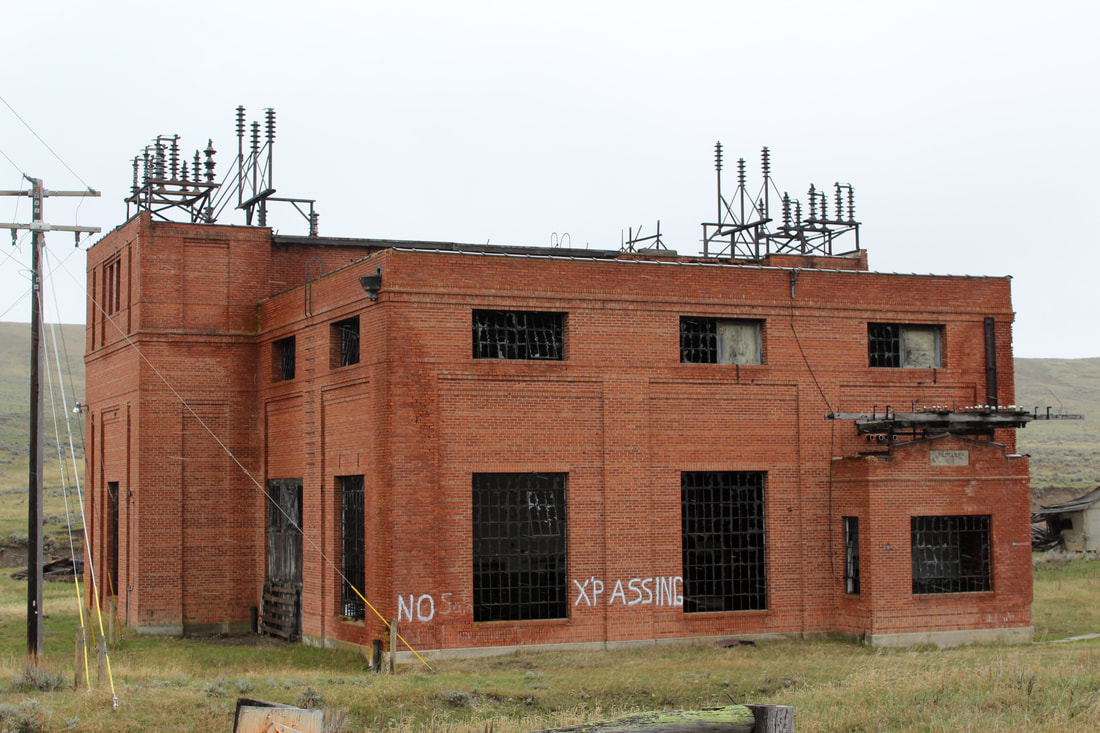
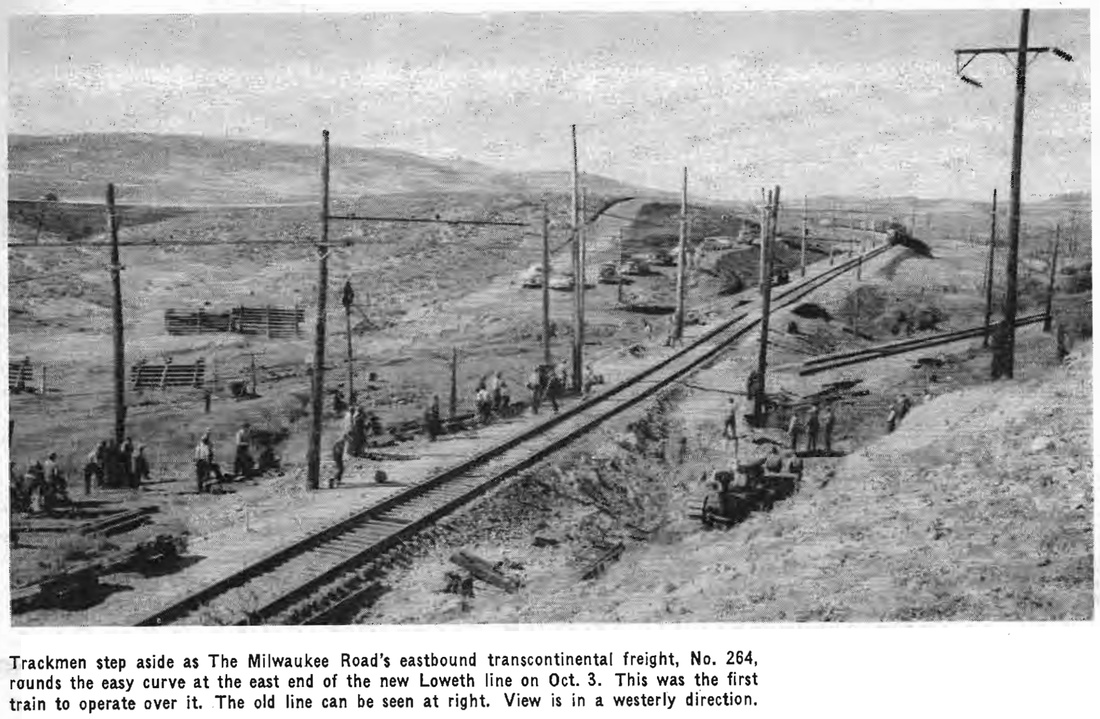
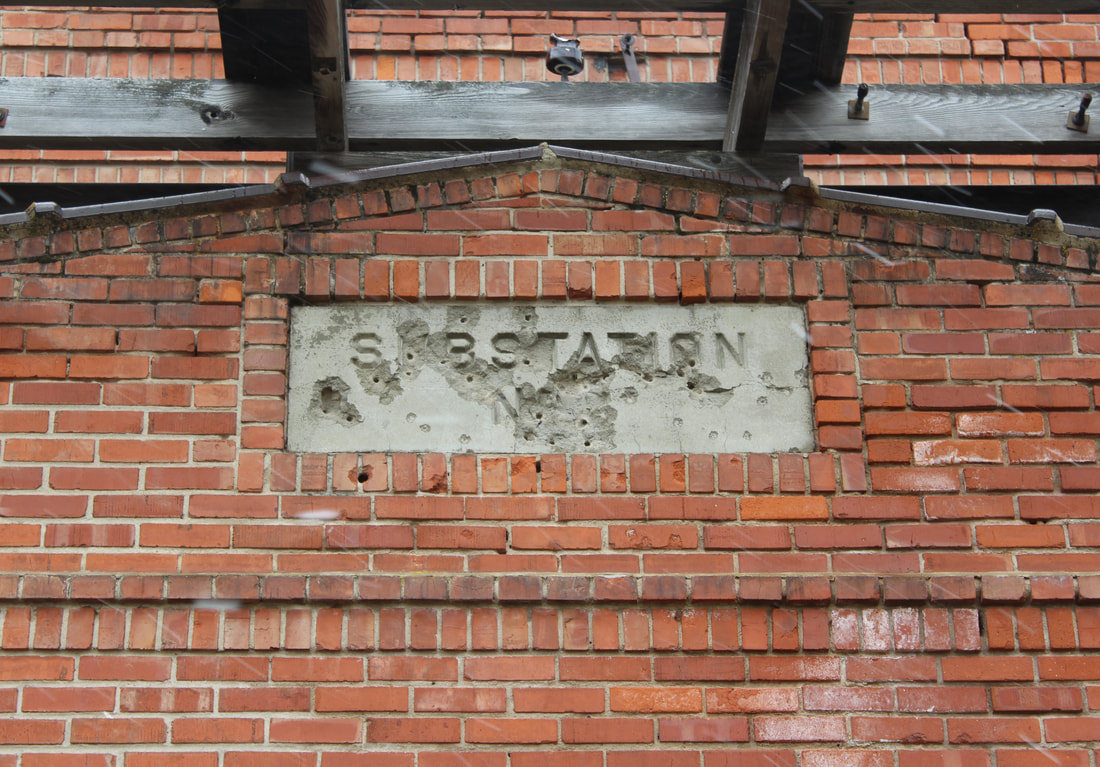
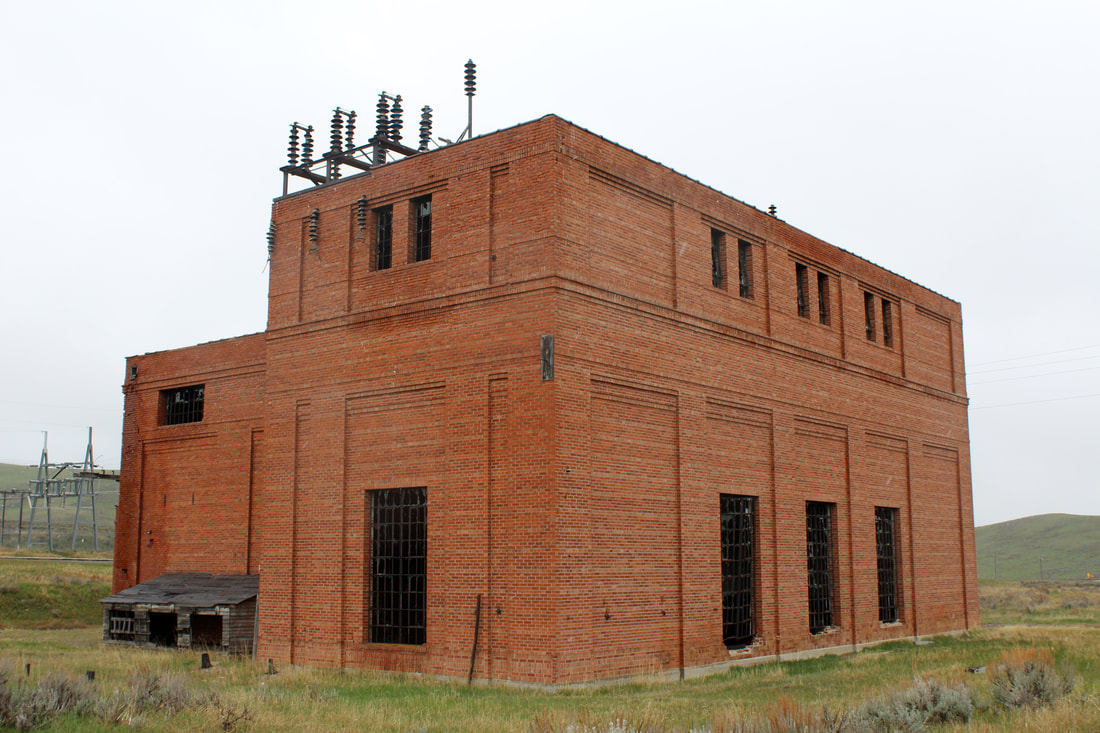
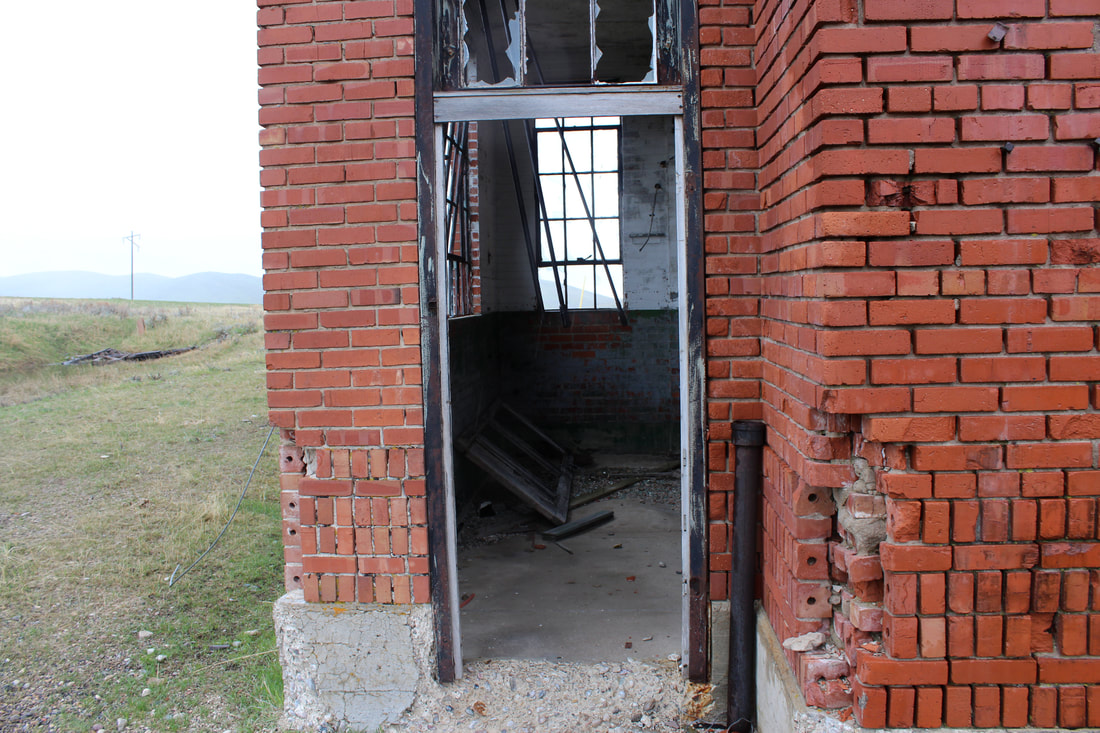
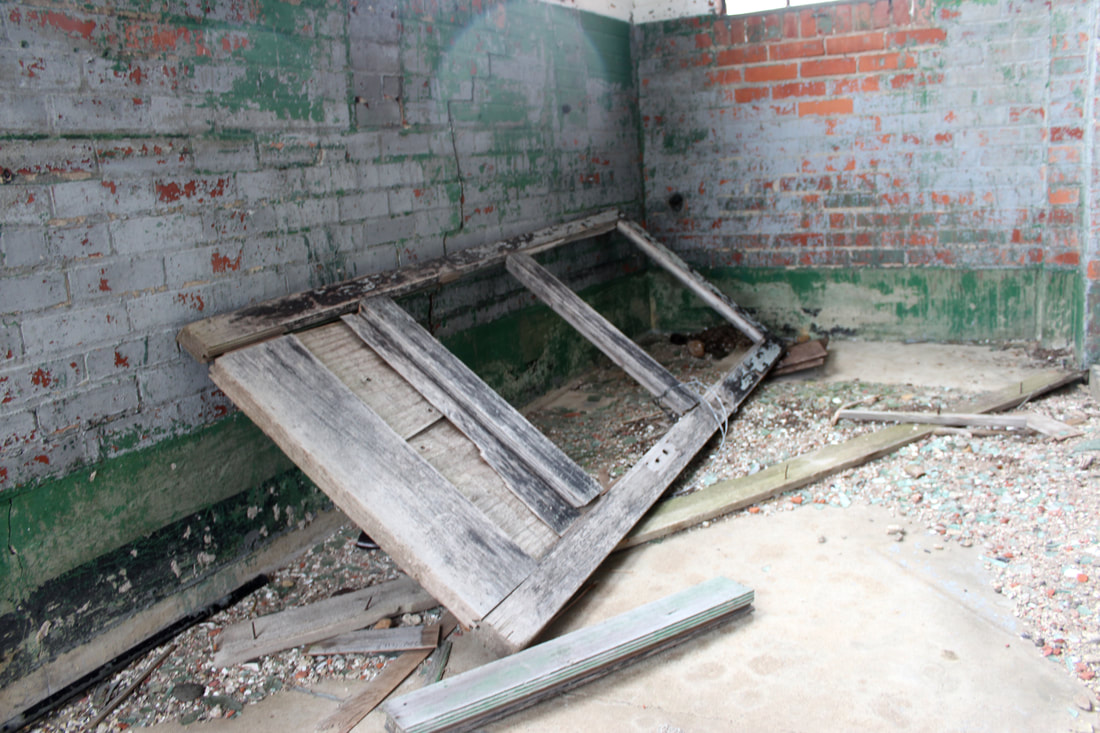
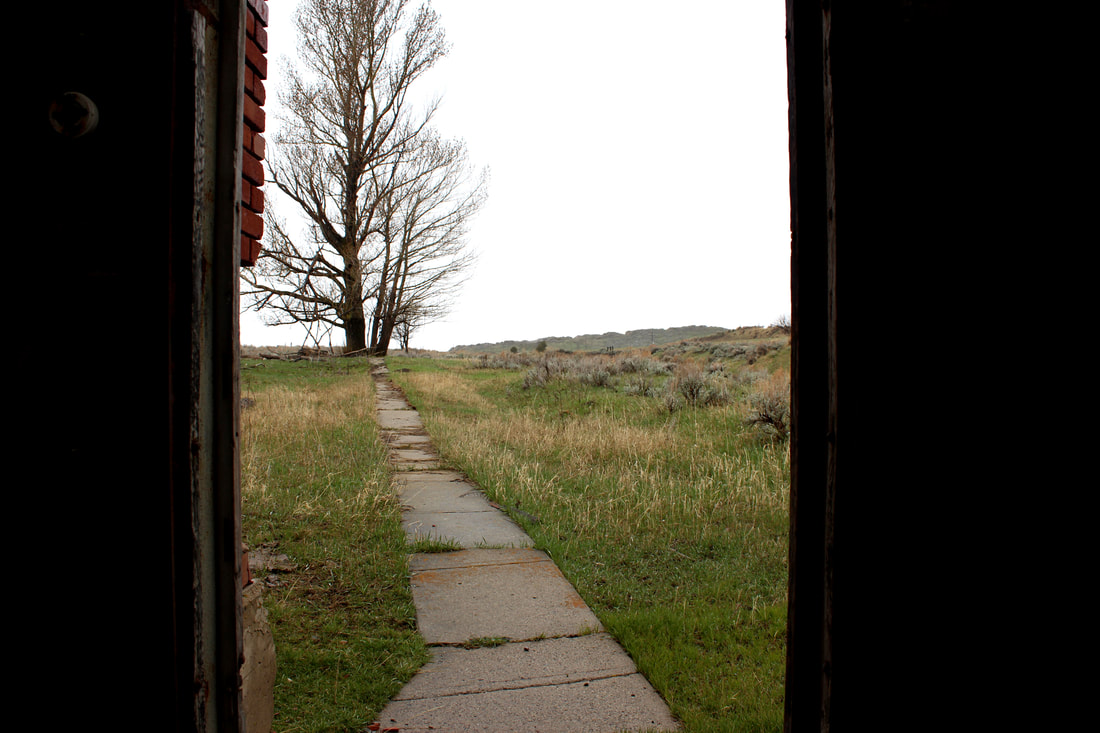
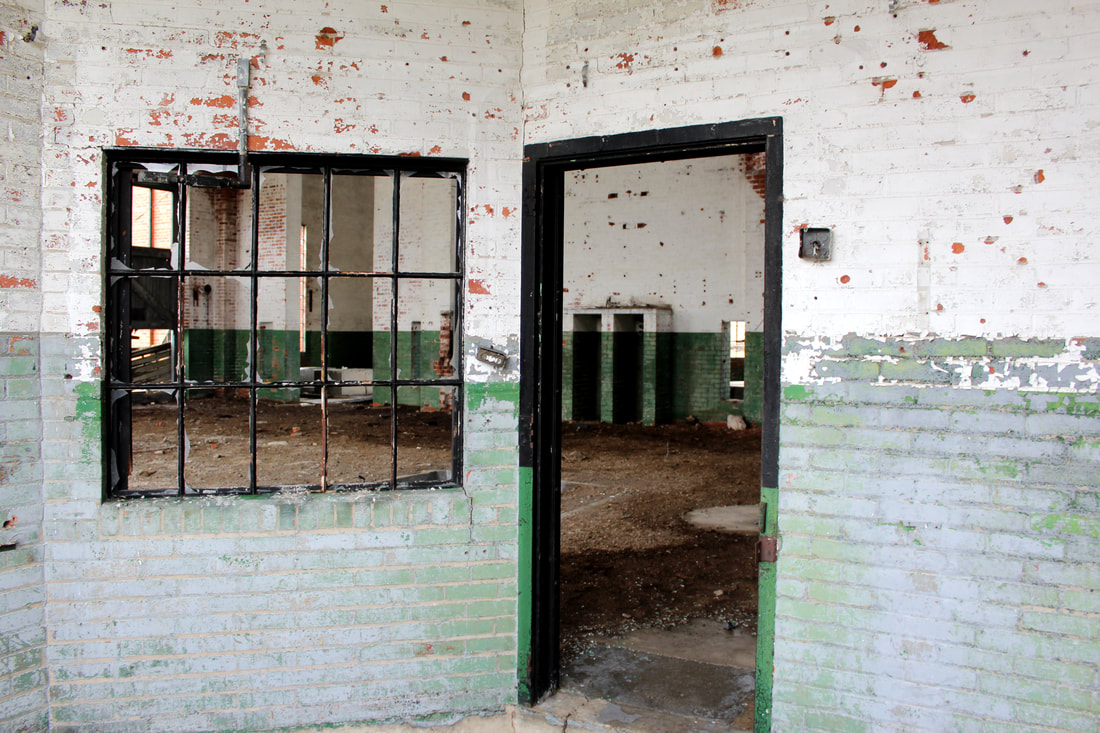
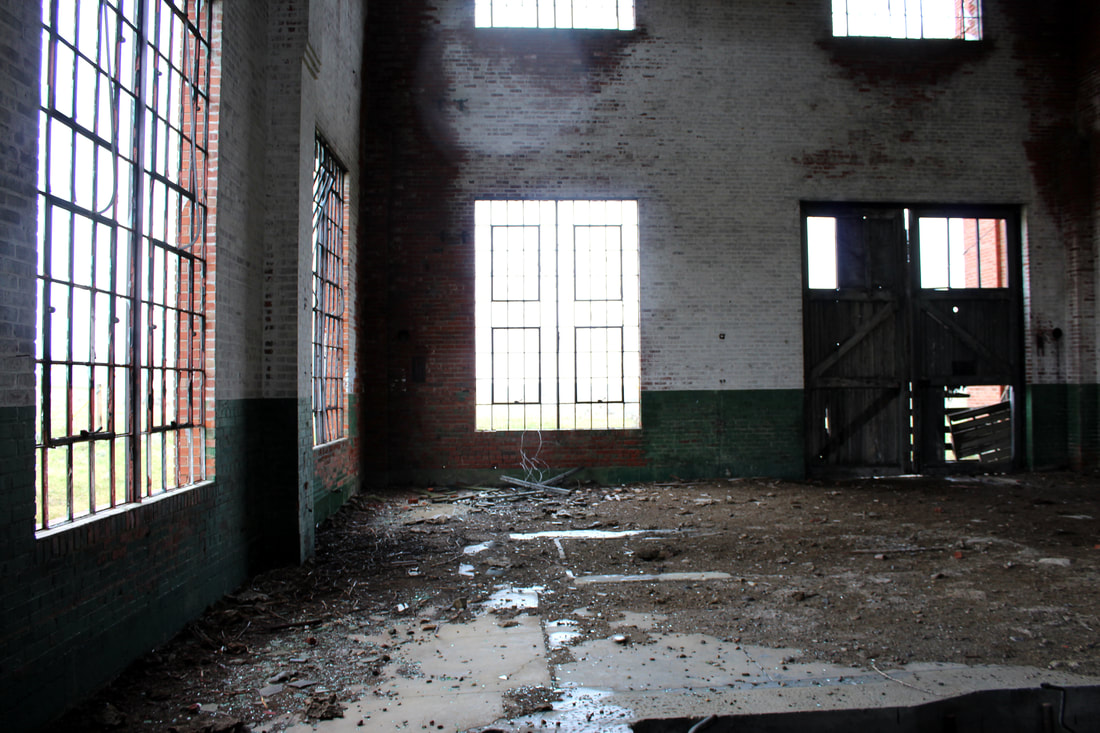
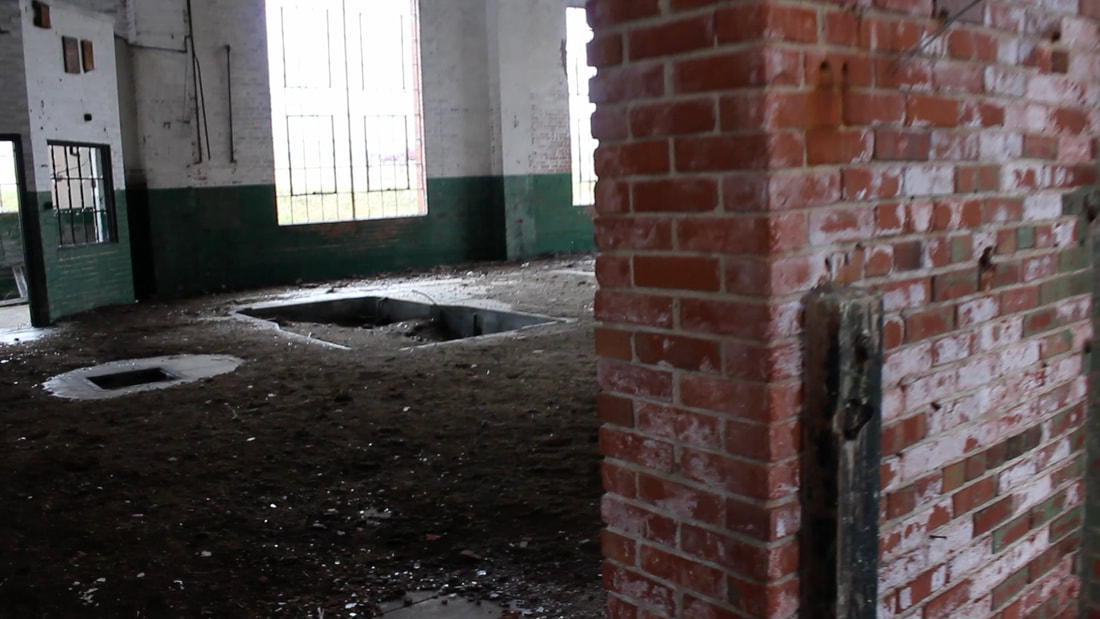
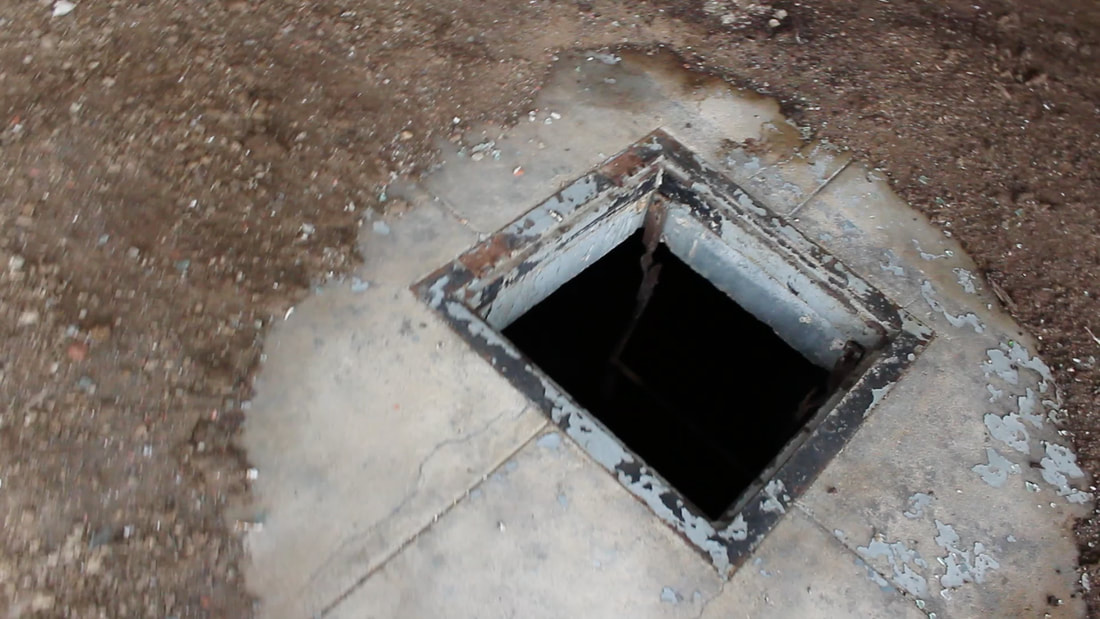
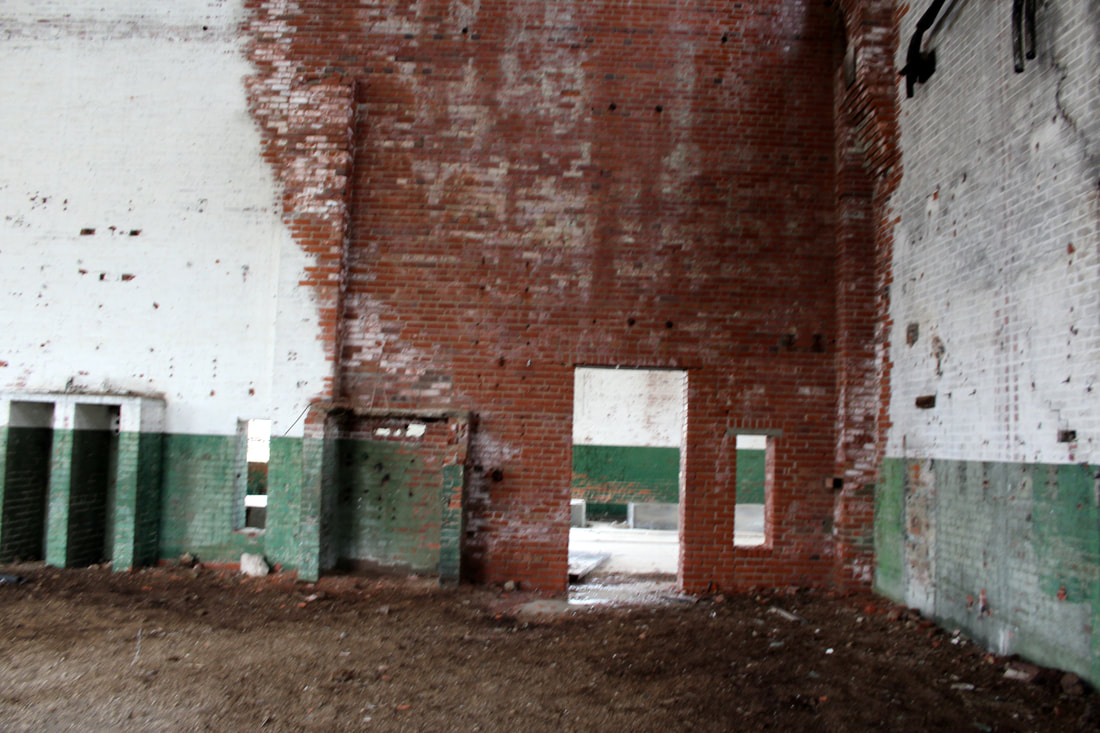
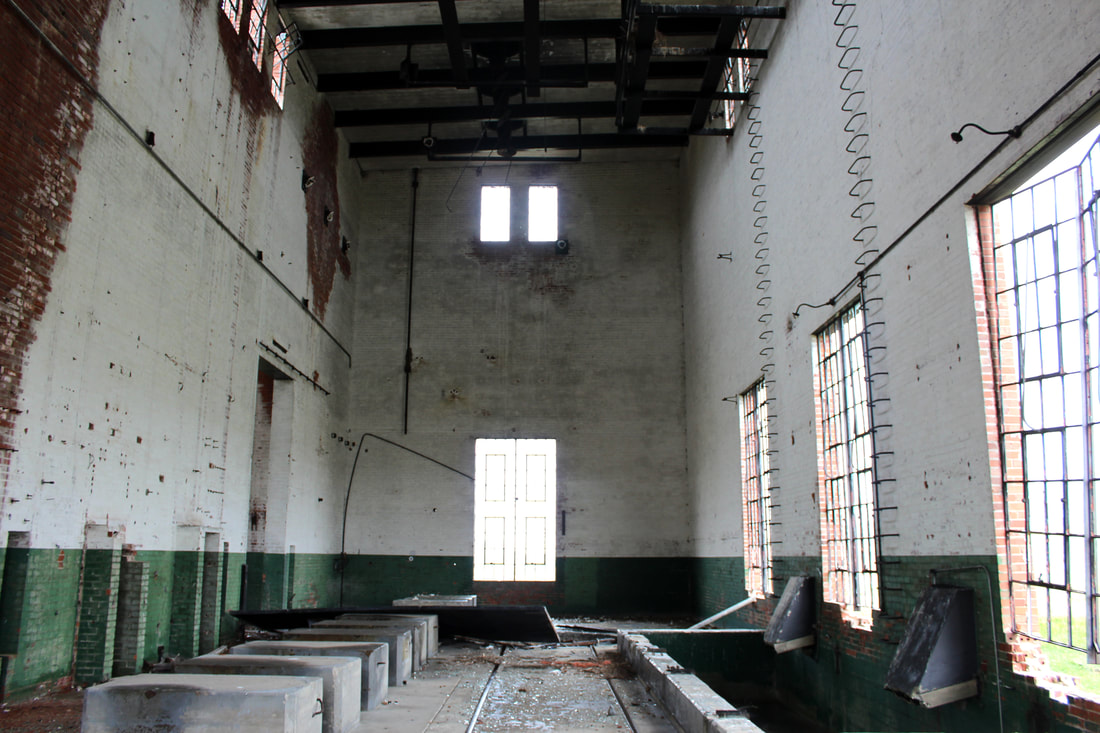
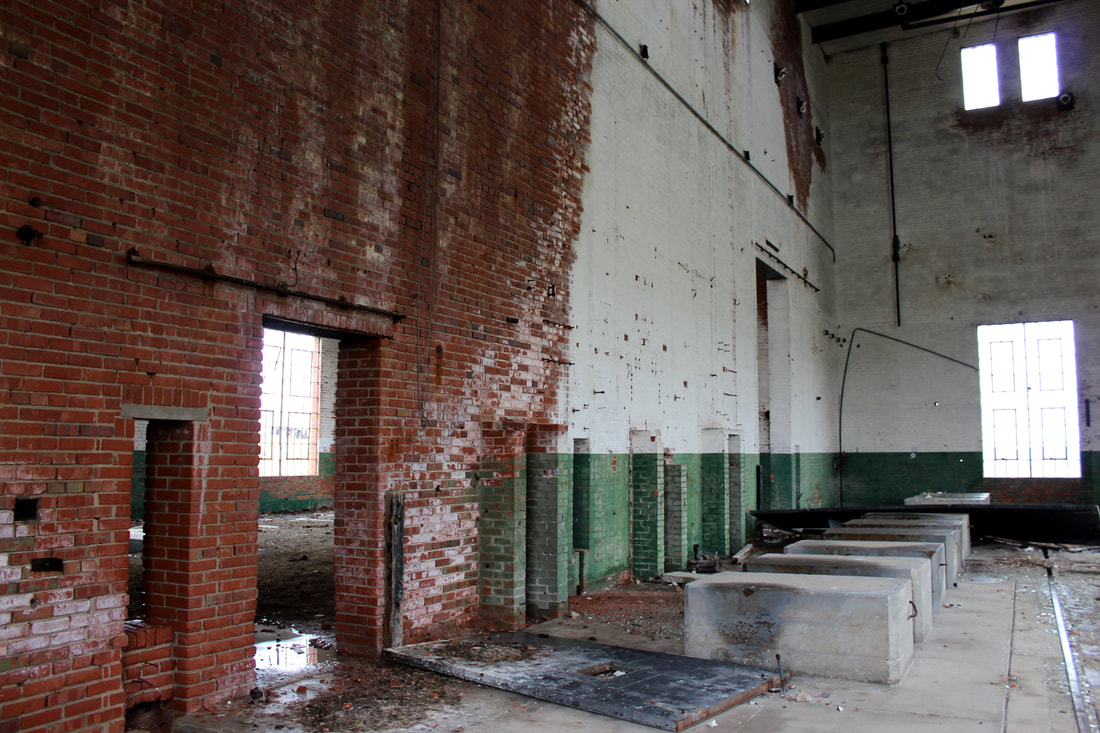
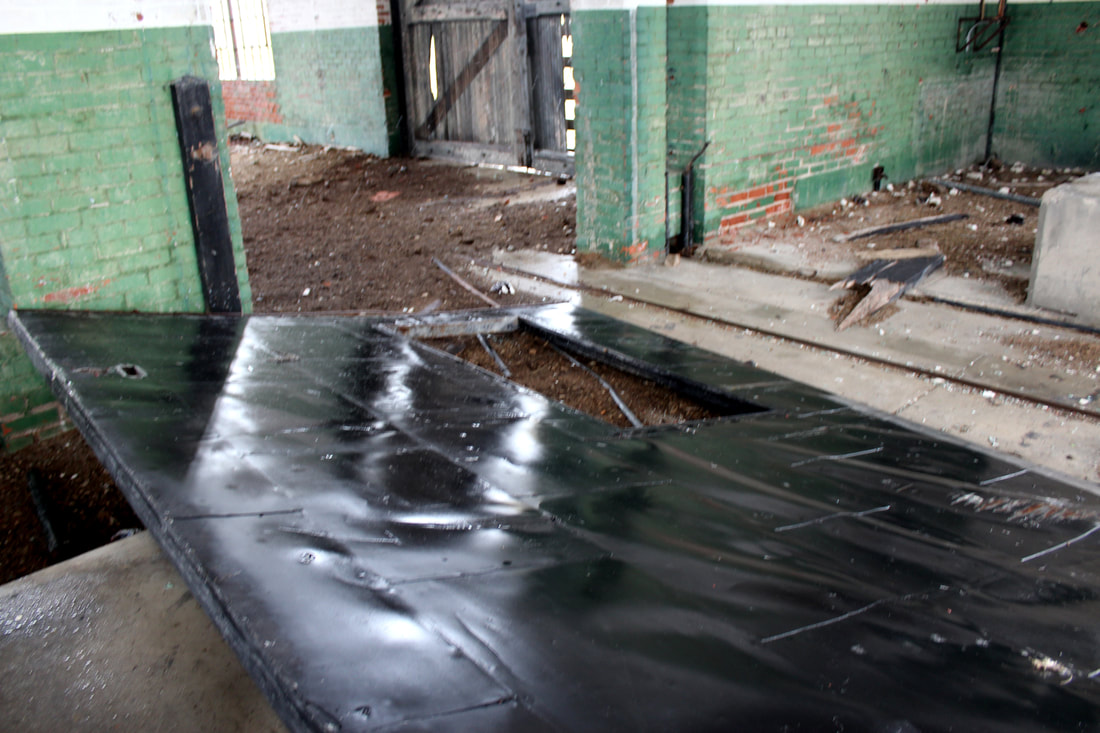
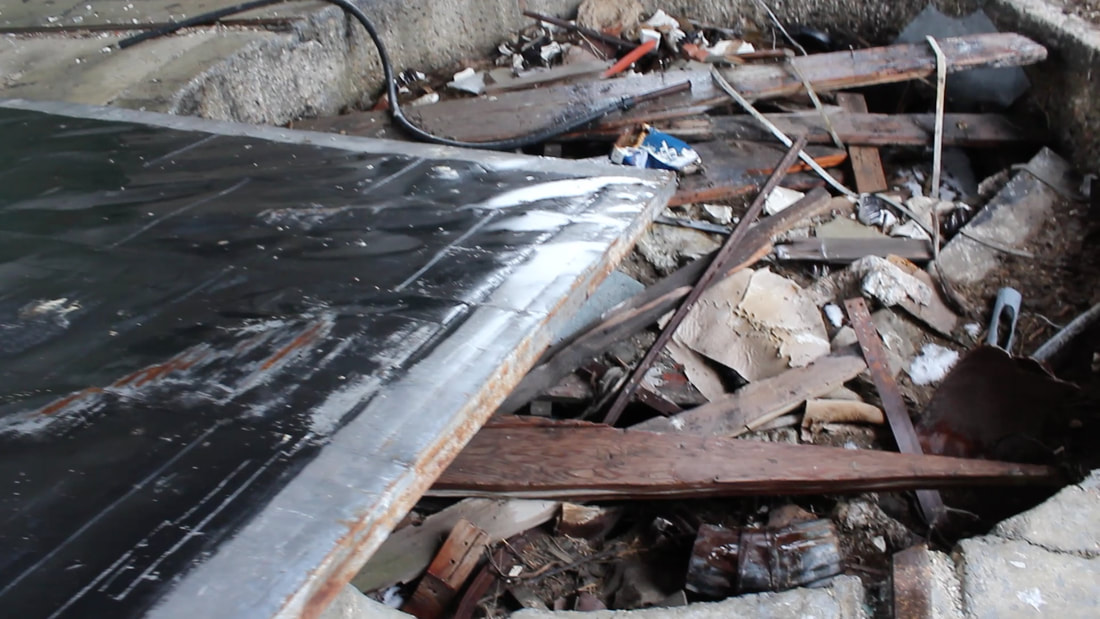
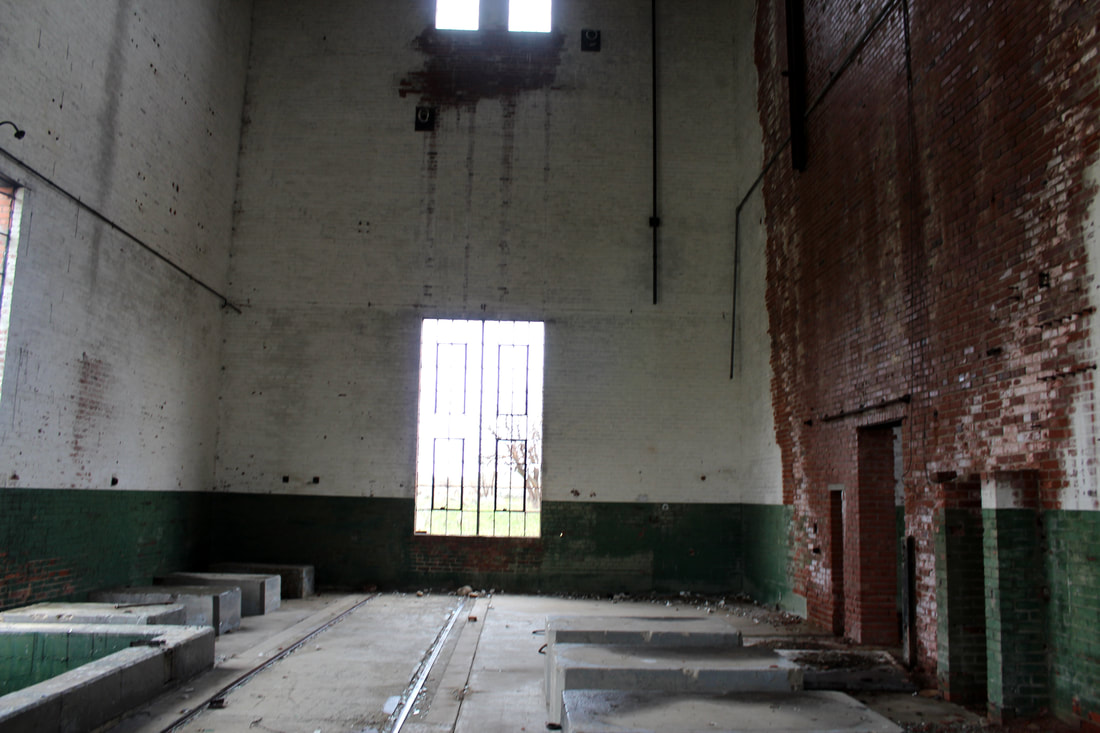
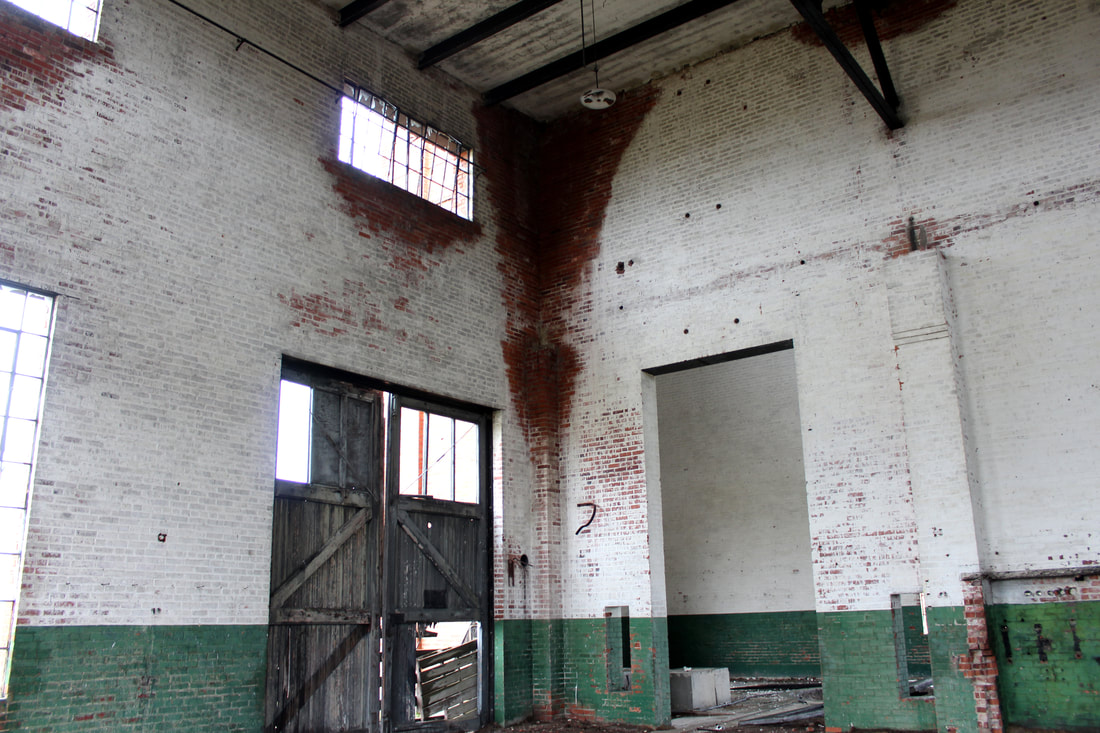
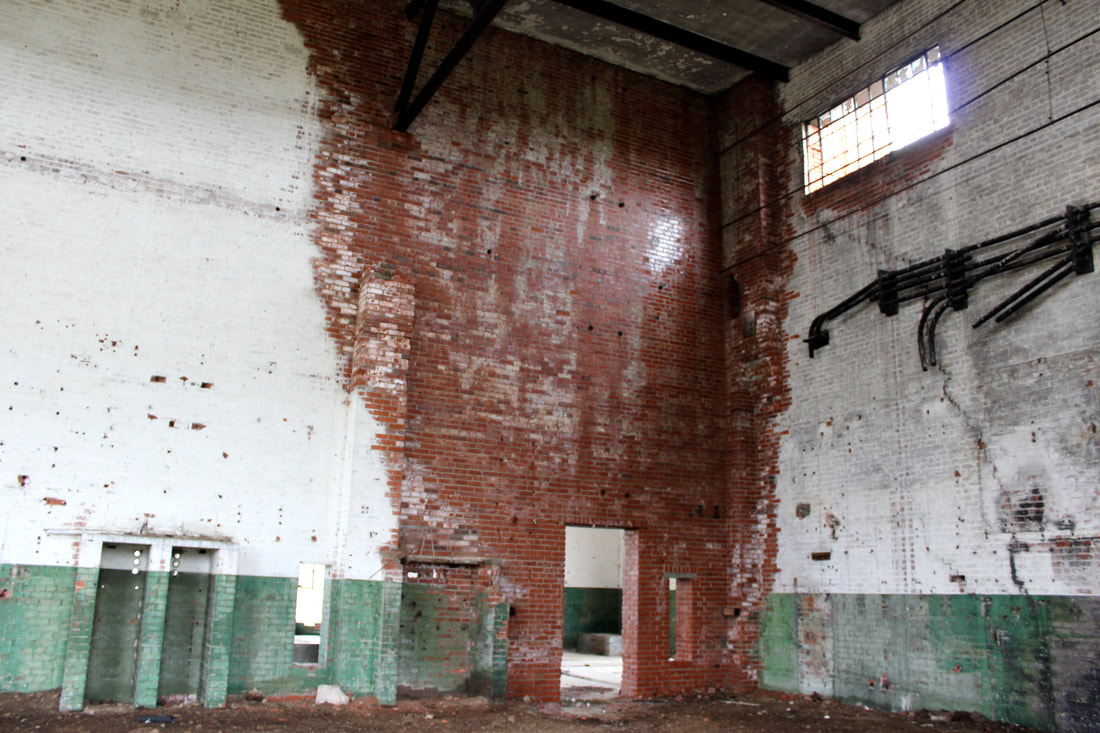
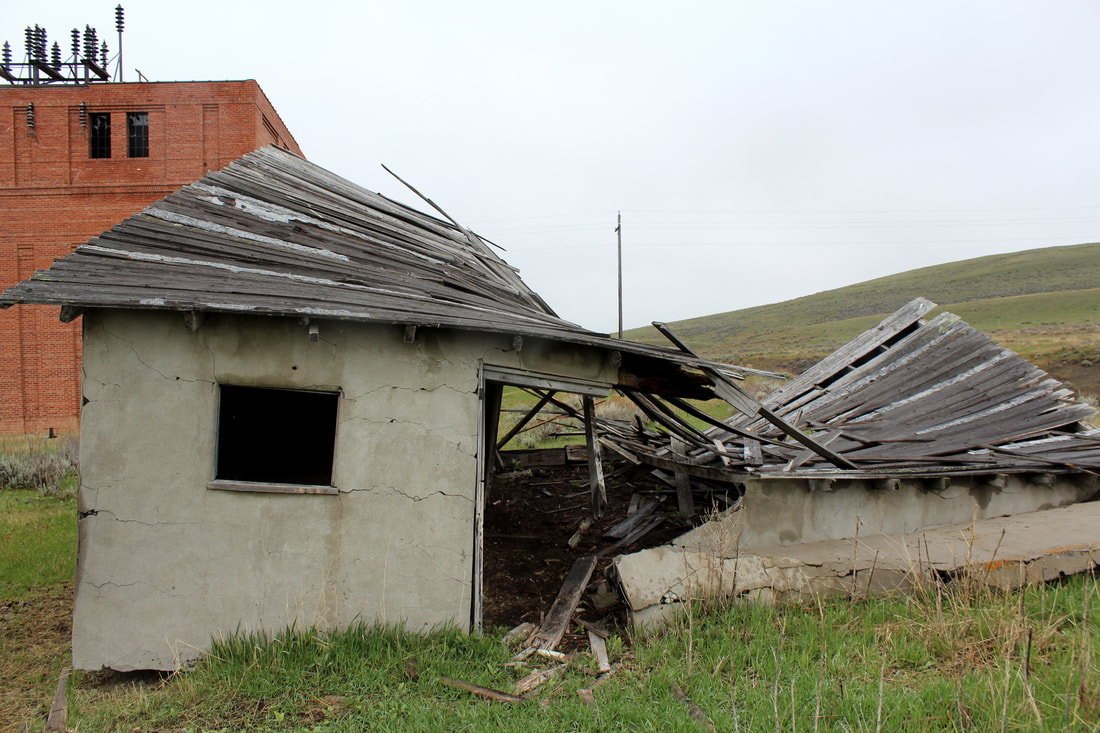



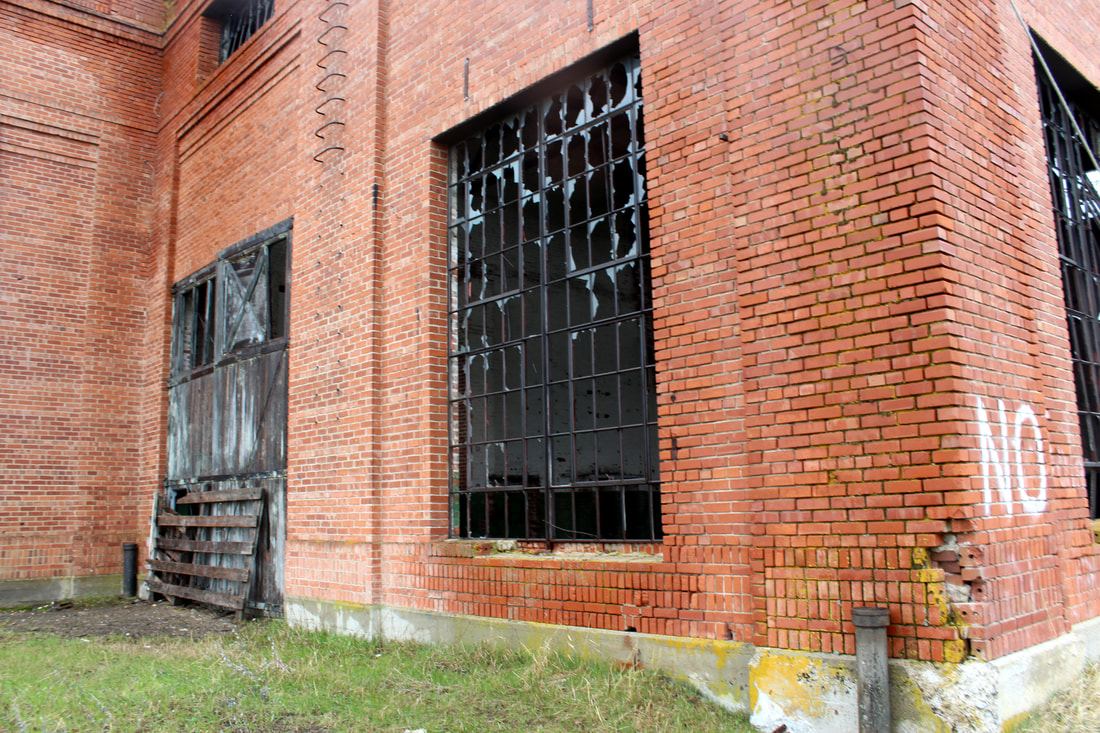
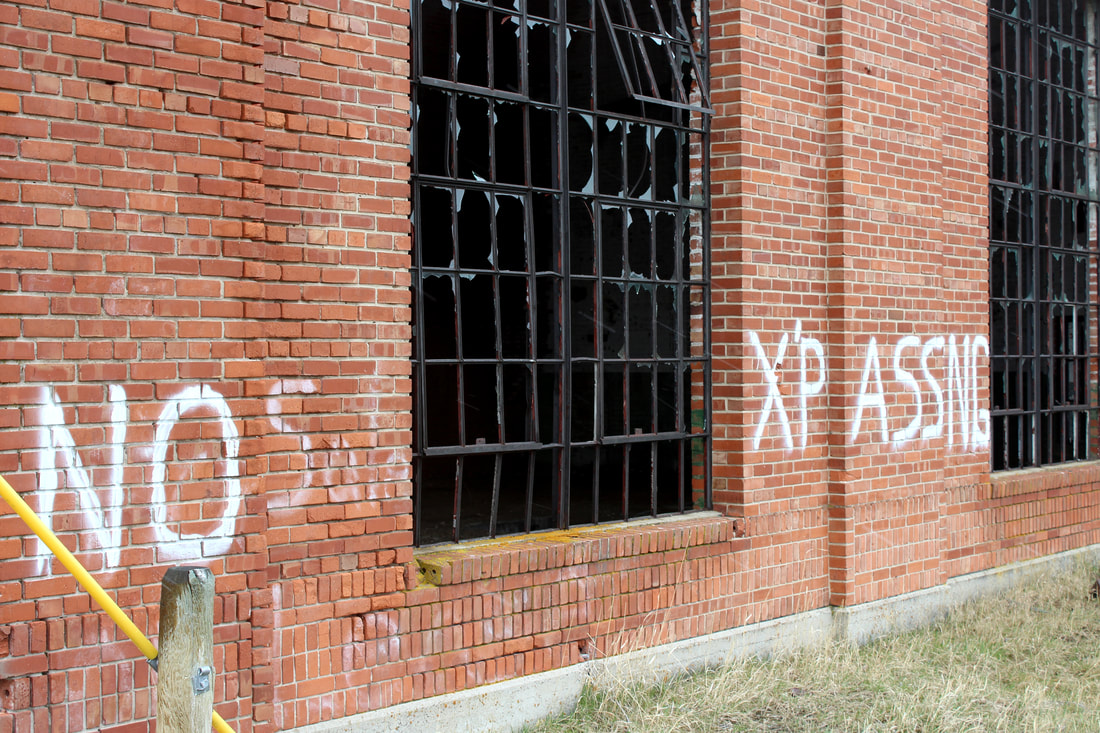

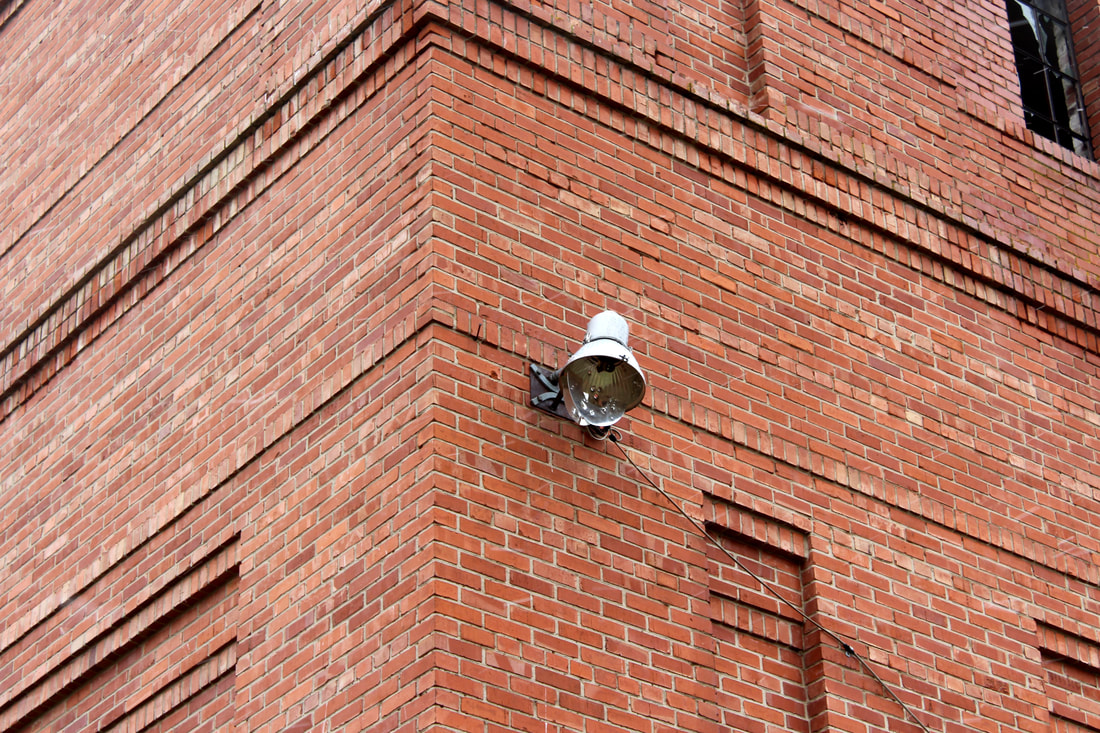
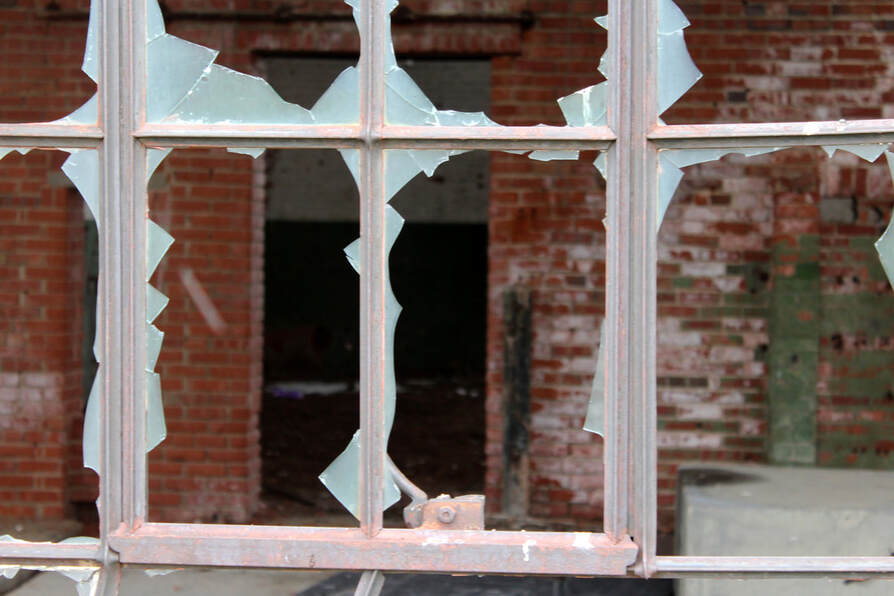
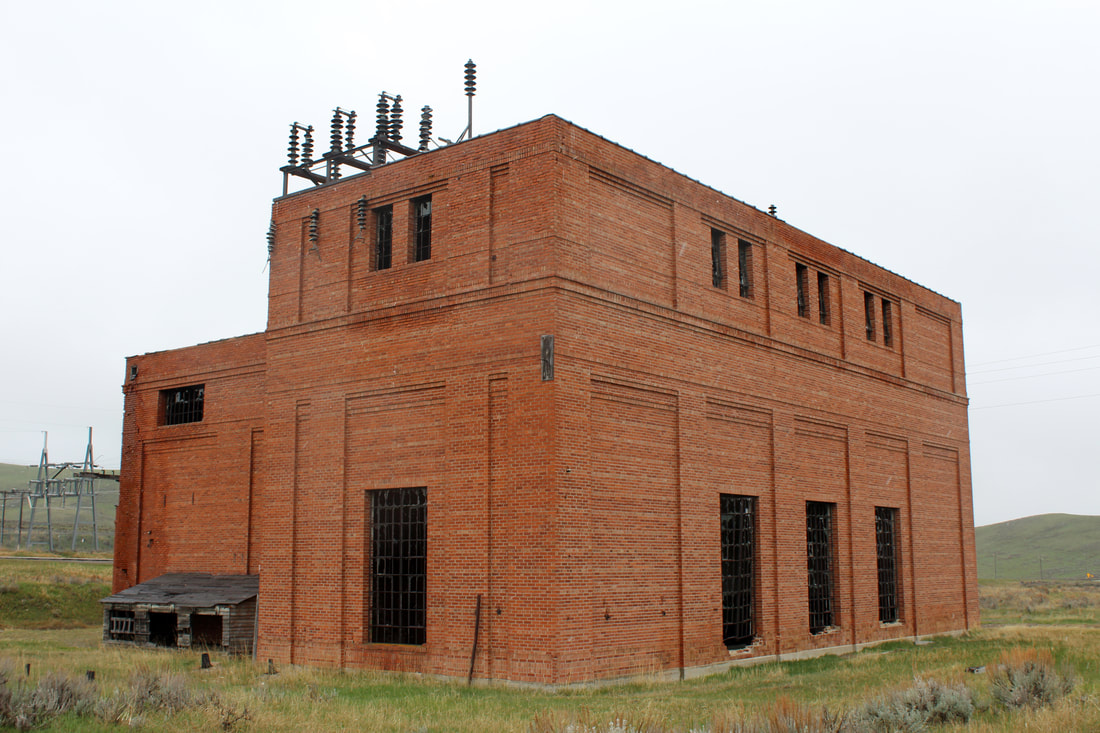
 RSS Feed
RSS Feed